Republic of the Congo
Around 140 kilometres north of Congo's capital, Brazzaville, is gorilla country.
"Mr. Cyd", as he's known, is one of 40 primates living at Lesio-Louna Gorilla National Reserve. He was given the nickname by former reserve workers.
Guards regularly patrol the reserve, tracking the gorillas and watching out for poachers.
"The first mission is to find the baby gorillas, look after them, and release them into the wild so that the species does not disappear," says guard Samuel Guebou.
It's here, behind this fence, that some of the reserve's youngest gorillas are kept.
Access is prohibited, due to hygiene restrictions linked to the coronavirus outbreak. Guards that do enter are subject to strict protocols and must quarantine after returning to the reserve.
Guard Okandza Stheve, who has worked here since 1997, says they've developed a special relationship with the younger gorillas.
"Since we spent a lot of time with the gorillas, they've become like village children to us," he says.
Thirty-six gorillas were released from the reserve and into the wild between 1996 and 2017.
Fruit is kept in this storeroom, then delivered across a lake via canoe, giving the gorillas some elements of freedom.
It's quite a sight for visitors, including Raul Mateus Paula, the European Union's ambassador to Congo.
"So, this return to basics, and then these gorillas who are protected, who have sometimes undergone difficult times and who find a sanctuary where they can contribute to the preservation of nature."
'Critically endangered'
The western lowland gorilla lives in the forests of Gabon, Central Africa Republic, Cameroon, Angola, Equatorial Guinea, the Democratic Republic of the Congo and the Republic of Congo.
It is the most numerous and widespread of all gorilla subspecies according to the WWF.
The subspecies was declared "critically endangered" in 2007.
Over a 25-year period, the combined threats of poaching, illegal hunting for the bushmeat trade, habitat loss, and emerging diseases such as Ebola reduced populations by 60 percent.
In certain parts of western Africa, their populations declined by as much as 90 percent.
Poaching has decimated Congo's gorillas, the central African nation's emblematic species, and remains a threat, despite the mammals being a protected species.
Reserve administrator Bertin Mbangui says the fight against poaching is an integral part of their objectives
There are several components, from surveillance and repression, to awareness and education.
"The reserve's geographical position means that there is an influx of hunters looking for proteins to sell in large towns. This means that we not only have pressure from people who live in the outlying villages, but also from those who come from Brazzaville, to look for meat and to sell," says Mbangui.
"We have teams that fight against poaching, we also have awareness-raising practices around the villages on the outskirts, but also, at the national level, through national television " he adds.
Mbangui says he's hopeful he and his guards can win the fight against poaching.
They plan to boost the number of visitors to the reserve, allowing boat rides down the Léfini river, although the COVID-19 pandemic is limiting the number of international tourists.
Aside from gorillas, the reserve also protects all its flora and fauna, ensuring its existence for future generations.
AP




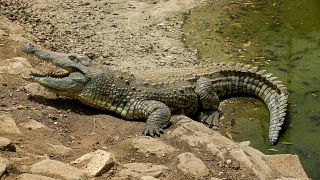
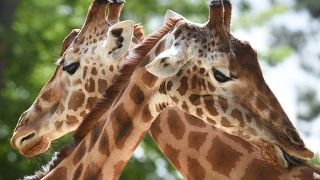
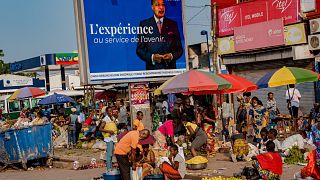
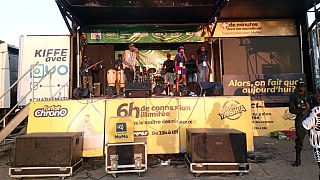
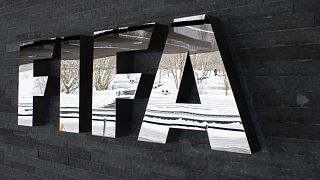
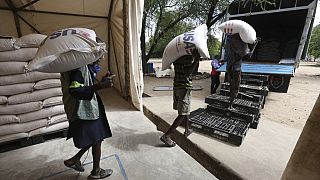
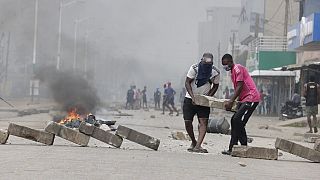
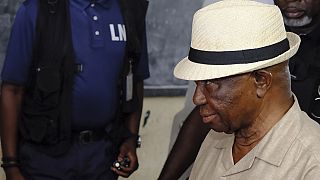
02:38
Natural harmony of Uganda's 'Ghost Island' under threat from international tourism
02:05
In Zimbabwe, metal scrap collecting is reducing environmental pollution
02:22
Cameroonian marine conservationists trained as scientific divers
02:14
Scientists find way to identify elephant ivory disguised as legal mammoth ivory
00:50
New documentary shines light on plight of pangolins, one of the world's most trafficked mamals
01:06
Experts warn of an increase in Glacier-related risks from climate change